Genkai Shūraku: The Challenge of Vanishing Villages in Japan and the Touristic Solution to the Issue.
The Dying Countryside in the Shadow of Bustling Cities
When we think of Japan, bright lights of Tokyo, fascinating culture, and advanced technology often come to mind. However, overshadowing these urban achievements is a severe societal and demographic issue: many rural villages in the country are disappearing. Every year, inhabitants of these serene, idyllic places leave their homes, lured by the prospects of urban life or forced out by an aging population and declining birth rates.
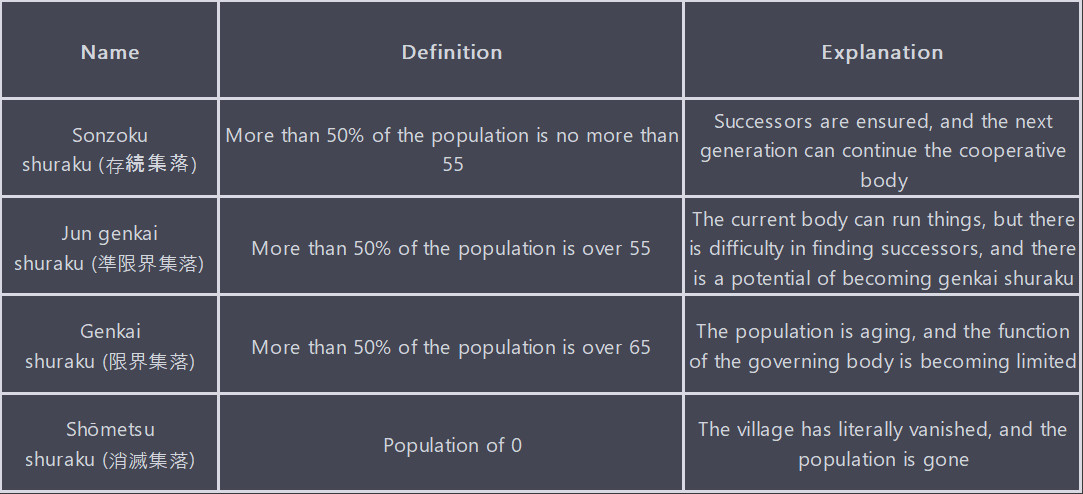
In response to this growing concern, tourism has started playing a pivotal role in attempts to revitalize these disappearing communities. By leveraging the country's rich cultural, historical, and natural heritage, many places aim to attract tourists by offering them unique experiences they won't find anywhere else. In this context, tourism becomes not just an economic tool but also a bridge connecting the past with the future, a beacon of hope to preserve the traditional soul of Japan.
Rapid Rural Depopulation in the 20th Century
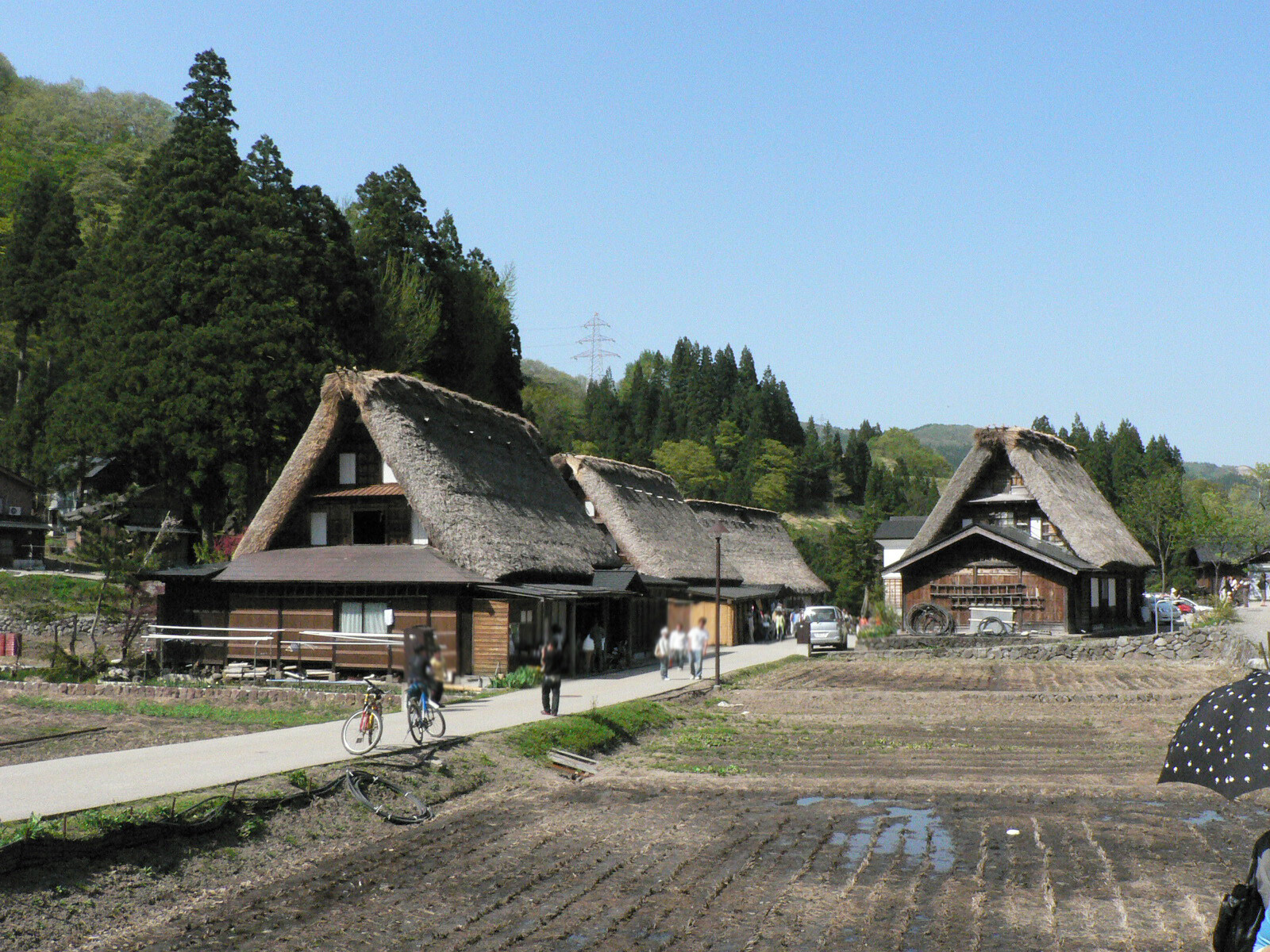
However, it wasn't just the allure of city life that prompted rural inhabitants to migrate. Japan, holding the title for the world's highest aging rate, faces the issue of a declining birth rate. Fewer couples are opting for children, and the society is aging at an alarming pace. This trend not only reshapes the country's demographic makeup but also poses significant economic and societal challenges.
In light of these changes, the term "genkai shūraku" became an integral part of Japanese public discourse. It signifies villages on the verge of disappearing, which, due to severe depopulation, can't function independently. In some cases, the majority of these places' inhabitants are elderly, further complicating matters.
Although this concept is unique to Japan, it reflects the profound societal changes the country grapples with. On one side, there's immense economic, technological, and cultural progress; on the other, challenges in preserving the traditional rural lifestyle and the depopulation issue. For many Japanese, "genkai shūraku" symbolizes a loss of roots and the need to find new avenues of development for vulnerable communities.
Depopulation in Numbers: The Emptying Japanese Countryside
Over recent decades, Japan has experienced significant demographic shifts. In 2020, the country's population declined to less than 125 million, marking a decrease of over 1.3 million within five years, indicating the continuation of a trend initiated around 2010 when the population decline was first recorded.
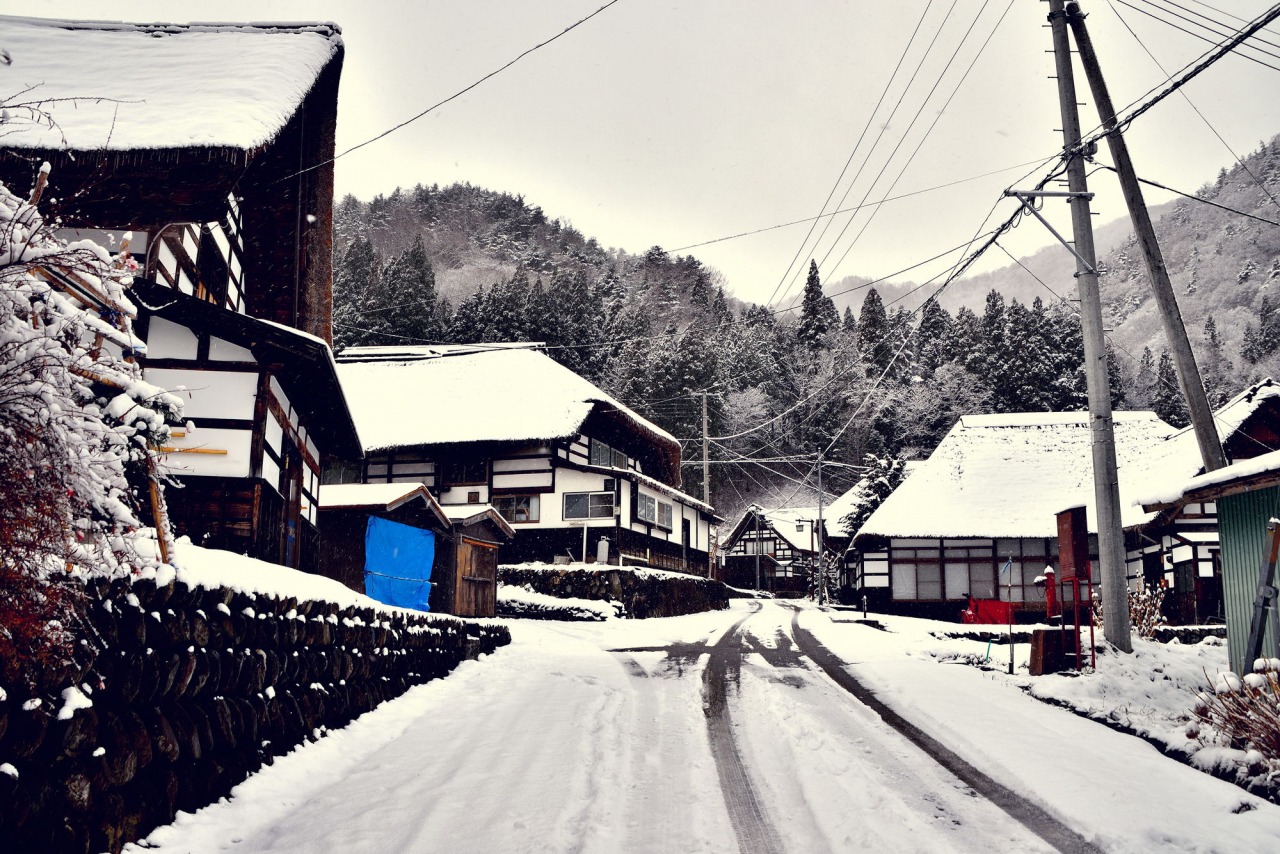
In 2019, Japan's Ministry of Internal Affairs and Communications reported that in approximately 40% of municipalities, the population had declined by over 10% over the past decade. Further, projections suggest that by 2045, Japan's population might drop to about 100 million.
The Shikoku region is the most severely affected by depopulation, with a 5% decline in its population in the last decade alone. Equally alarming are the age demographics: in 2020, over 28% of Japanese were 65 or older, making Japan one of the countries with the highest aging population globally.
For villages classified as genkai shuraku, the majority of inhabitants are older individuals, often living alone. Many of these villages struggle to provide basic services, such as healthcare and public transportation, due to the dwindling population.
Discovering the Village Through New Paths
Tourism Serving Tradition As many Japanese villages grappled with the issue of depopulation, some pioneers saw a challenge full of possibilities in it. Stories of individuals who decided to move to the countryside and transform abandoned houses into attractive spots for tourists are becoming increasingly popular. Young entrepreneurs, often from cities, are setting up guesthouses, cafes, or artistic workshops in the countryside, attracting tourists in search of authentic experiences and a connection with nature.
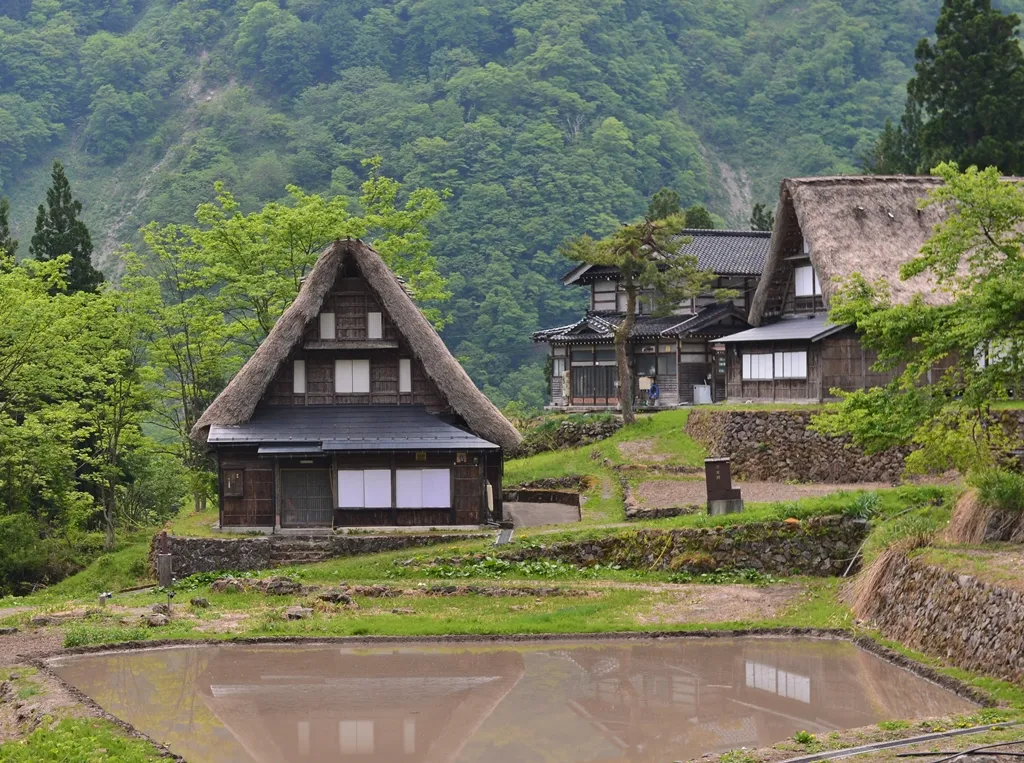
However, this isn't just an initiative by local residents. Big tourism companies have started recognizing the potential associated with rural tourism and are increasingly including such attractions in their offerings. Partnerships between rural communities and corporations have brought about new investments and promotion on a scale never seen before.
Thanks to these efforts, many places that were on the verge of being forgotten are coming back to life. Tourism has become not only a source of income for local communities but also a means of preserving and promoting traditional Japanese culture.
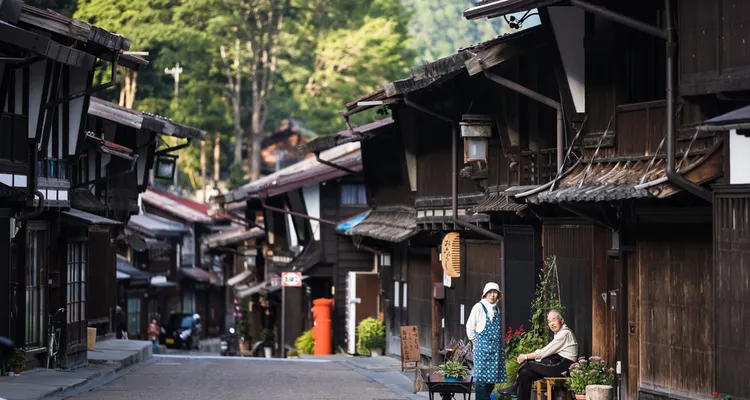
Even so, interest in visiting Japanese villages is on the rise, and tourism is becoming a vital tool in revitalizing endangered communities. This shows that, even in the face of difficulties, creativity and collaboration can yield unexpected and positive results.
From Building Renewal to Tradition Protection
Positive Effects of Rural Tourism
Thanks to the growth of rural tourism, many Japanese communities have gained a new source of income. This additional funding translates into investments in local infrastructure, from road improvements to expanding public services. In places that seemed neglected just a few years ago, signs of renewal are now visible.
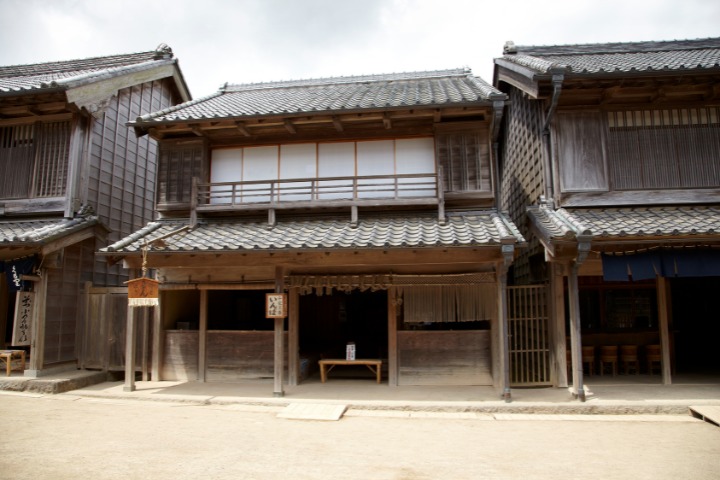
One of the most noticeable effects of the surge in rural tourism interest is the renovation of historical buildings. Traditional wooden houses, which faced the risk of decaying, are now being refurbished and transformed into guesthouses or cafes. Moreover, improved transportation connections make remote villages more accessible to travelers.
However, the rising popularity of tourism also poses some challenges. Japan's most famous and appealing places, such as Kyoto and Nara, suffer from being overcrowded with tourists. At the peak season, throngs of visitors can obscure the real beauty and serenity of these places.
Furthermore, tensions between tourists and local residents may arise when visitors don't respect local traditions or disrupt daily village life. In some communities, there are voices criticizing excessive commercialization and the loss of authenticity.
To address these challenges, some regions are implementing strategies aimed at mitigating the negative effects of mass tourism. These include setting visitor limits, promoting lesser-known places, and educating tourists about local culture and traditions. Despite the challenges, sustainable tourism has the potential to bring lasting benefits to Japan.
Development with Respect for Tradition
Japan faces a unique challenge with disappearing villages and an aging population. Rural tourism, as shown, has not only become an economic tool but also a means to preserve the rich culture and tradition of the country. Through investment in infrastructure, the protection of historical sites, and the promotion of traditional professions, many rural communities are discovering a new way to revive and secure their future.
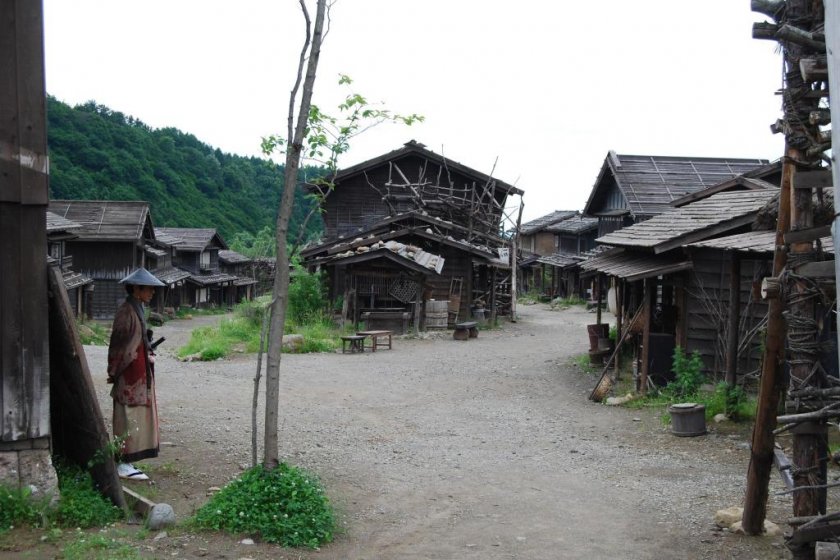
As global tourism trends evolve, Japan has a chance to stand as an example to the world in merging tradition with modernity, caring for the environment, and the people who create unique experiences for visitors.
"Strong Japanese Women"
see book by the author
of the page
未開 ソビエライ
An enthusiast of Asian culture with a deep appreciation for the diverse philosophies of the world. By education, a psychologist and philologist specializing in Korean studies. At heart, a programmer (primarily for Android) and a passionate technology enthusiast, as well as a practitioner of Zen and mono no aware. In moments of tranquility, adheres to a disciplined lifestyle, firmly believing that perseverance, continuous personal growth, and dedication to one's passions are the wisest paths in life. Author of the book "Strong Women of Japan" (>>see more)
Personal motto:
"The most powerful force in the universe is compound interest." - Albert Einstein (probably)
Mike Soray
(aka Michał Sobieraj)
未開 ソビエライ
An enthusiast of Asian culture with a deep appreciation for the diverse philosophies of the world. By education, a psychologist and philologist specializing in Korean studies. At heart, a programmer (primarily for Android) and a passionate technology enthusiast, as well as a practitioner of Zen and mono no aware. In moments of tranquility, adheres to a disciplined lifestyle, firmly believing that perseverance, continuous personal growth, and dedication to one's passions are the wisest paths in life. Author of the book "Strong Women of Japan" (>>see more)
Personal motto:
"The most powerful force in the universe is compound interest." - Albert Einstein (probably)
Mike Soray
(aka Michał Sobieraj)
Write us...
Ciechanów, Polska
dr.imyon@gmail.com
___________________
inari.smart
Would you like to share your thoughts or feedback about our website or app? Leave us a message, and we’ll get back to you quickly. We value your perspective!

